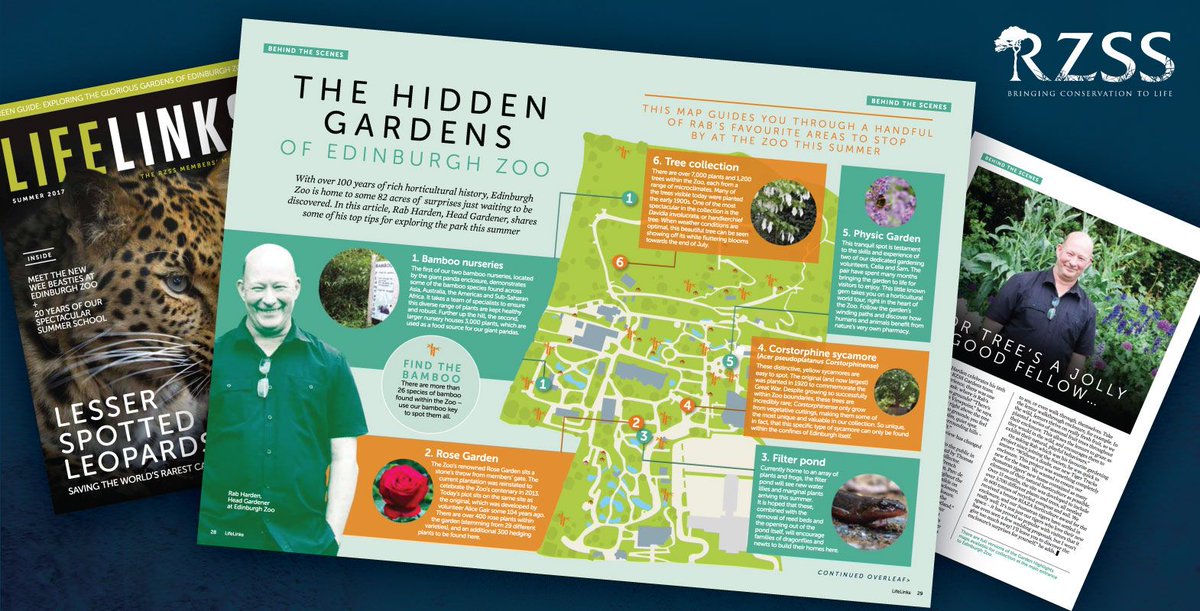The Basics of Animal Behaviour
A short e-Book introducing some of the fundementals of animal behaviour and its research.
7. A Conclusion
Once data is collected by the researcher, the data is often analysed by creating graphs of the data or by performing complex statistical analysis on the data. Based on how what the results of this analysis are, the researcher will make a conclusion, which always refers back to their hypothesis
e.g. The evidence shows that age does effect the behaviour of penguins, so we accept our hypothesis.
Researchers often publish their work to share their findings with everyone else. This is really important when communicating your research findings to other, especially if it the results mean other zoos might improve animal welfare!
These write-ups always include the research’s:
· Aims: including the research question and hypothesis.
· Methods: A detailed account of how all the data on the animals behaviour was collected.
· Results: Where the data collected is often displayed as a graph.
· Conclusion: Whether the evidence supported the hypothesis or not.
· Discussion: Including any limitations of the research, and what the conclusion means for the wider world.
